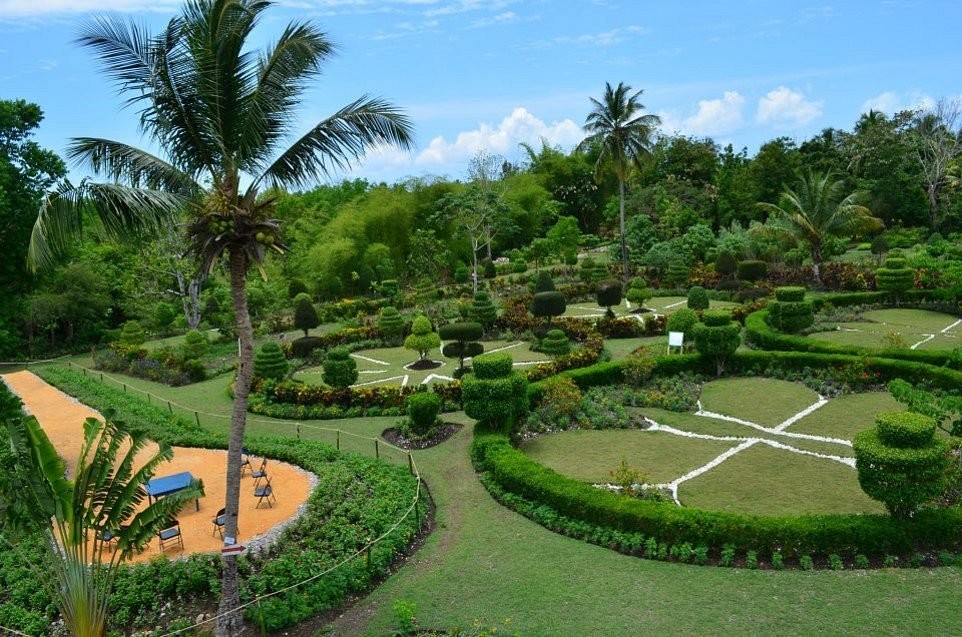LES CAYES
 Les Cayes (/leɪ ˈkeɪ, leɪ ˈkaɪ/ lay K(A)Y, French: [le kaj]), often referred to as Aux Cayes (French: [o kaj]; Haitian Creole: Okay), is a commune and seaport in the Les Cayes Arrondissement, in the Sud department of Haiti, with a population of 71,236.[1] Due to its isolation from the political turmoil of the capital, Port-au-Prince, it is one of Haiti's major ports, with export trade concentrating on mostly coffee and sugarcane. As the world's largest supplier of vetiver, it exports 250 tons annually of this ingredient of perfume and fragrance manufacturing. Minor exports include bananas and timber.
Les Cayes (/leɪ ˈkeɪ, leɪ ˈkaɪ/ lay K(A)Y, French: [le kaj]), often referred to as Aux Cayes (French: [o kaj]; Haitian Creole: Okay), is a commune and seaport in the Les Cayes Arrondissement, in the Sud department of Haiti, with a population of 71,236.[1] Due to its isolation from the political turmoil of the capital, Port-au-Prince, it is one of Haiti's major ports, with export trade concentrating on mostly coffee and sugarcane. As the world's largest supplier of vetiver, it exports 250 tons annually of this ingredient of perfume and fragrance manufacturing. Minor exports include bananas and timber.
The island of what was known by the Spanish as Hispaniola was inhabited for thousands of years by indigenous peoples. The first European settlement in the southwest area was the town of Salvatierra de la Sabana, founded by the Spanish explorer Diego Velázquez de Cuéllar in 1504. Vasco Núñez de Balboa was a co-founder of this town and lived there for several years. Balbo left the town hiding in a barrel of a Spanish expedition going to explore the Gulf of Uraba, Panama. Vasco Núñez de Balboa, later on 25 September 1513 would discover the South Sea, today known as the Pacific Ocean. This settlement was abandoned in 1540.
The area was uninhabited until the French colonial administration founded the town of Aux Cayes ("On the cayes"), so named due to its proximity to Île-à-Vache. Simón Bolívar arrived in Les Cayes on 24 December 1815,[8] and on 2 January 1816 was introduced to Alexandre Pétion, President of the Republic of Haiti by a mutual friend seeking assistance for his insurgency against the Spanish colonial government in Venezuela. Bolívar and Pétion impressed and befriended each other and, after Bolívar pledged to free every slave in the areas he occupied, Pétion gave him money and military supplies.
Mexican nationalists, Francisco Javier Mina and José Joaquín de Herrera took asylum in Les Cayes and were welcomed by Pétion during the Mexican War of Independence.

Tourism
Les Cayes plays a significant role in the still under-developed Haitian tourism industry, with pleasant sights such as: Gelée Beach: one of the longest and most visited beaches in Haiti. The white sand beach of Gelée beach is very popular in Haiti, not only for its restaurants which serve typical southern Haiti dishes such as tonm-tonm, grilled-conch, grilled-fish and lobster, but also for hosting an annual music festival around mid-August which usually features some of the best Compas music bands. Many visitors both from within Haiti and neighboring USA will come spend the weekend in Les Cayes. As the number of tourists continues to grow, several new hotels and restaurants continue to pop up.
The Botanical Garden of Les Cayes (Jardin Botanique des Cayes, in French) is located in Bergeau, at the northern entrance of the city. The site occupies an area of eight (8) hectares. Other places of interest to tourists are the nearby Île à Vache, Pic Macaya, Saut-Mathurine falls and Kounoubois cave in Camp-Perrin, Pointe-de-Sable beach in Port-Salut, Marie-Jeanne cave in Port-a-Piment and Arrondissement Aquin where Fort des Oliviers, Fort Anglais and Bonnet Carré can be found in the town of Saint Louis du Sud.
Les Cayes : Antoine Simon Airport
IATA Code CYA | ICAO Code MTCA | Time Zone GMT -4:00
Les Cayes, Haïti Telephone : + 509 44 80 5107
Les Cayes has an airport, Antoine-Simon Airport. As of 1 February 2013, the first stone on the expansion project of the Antoine-Simon Airport in Les Cayes had been laid. The project to make Antoine-Simon a viable international airport is part of broader efforts aiming at ramping up infrastructure development in the south. Antoine Simon Airport is the fourth airport in Haiti.
The expansion project will add a new 3,000-metre runway and a new terminal to the airport. Haitian officials Prime Minister Laurent Lamothe and Tourism Minister Stéphanie Villedrouin suggested that the airport would open up completely the Southern Region as the country saw tourism as one of the promising sectors capable of creating thousands of new jobs in the region.
